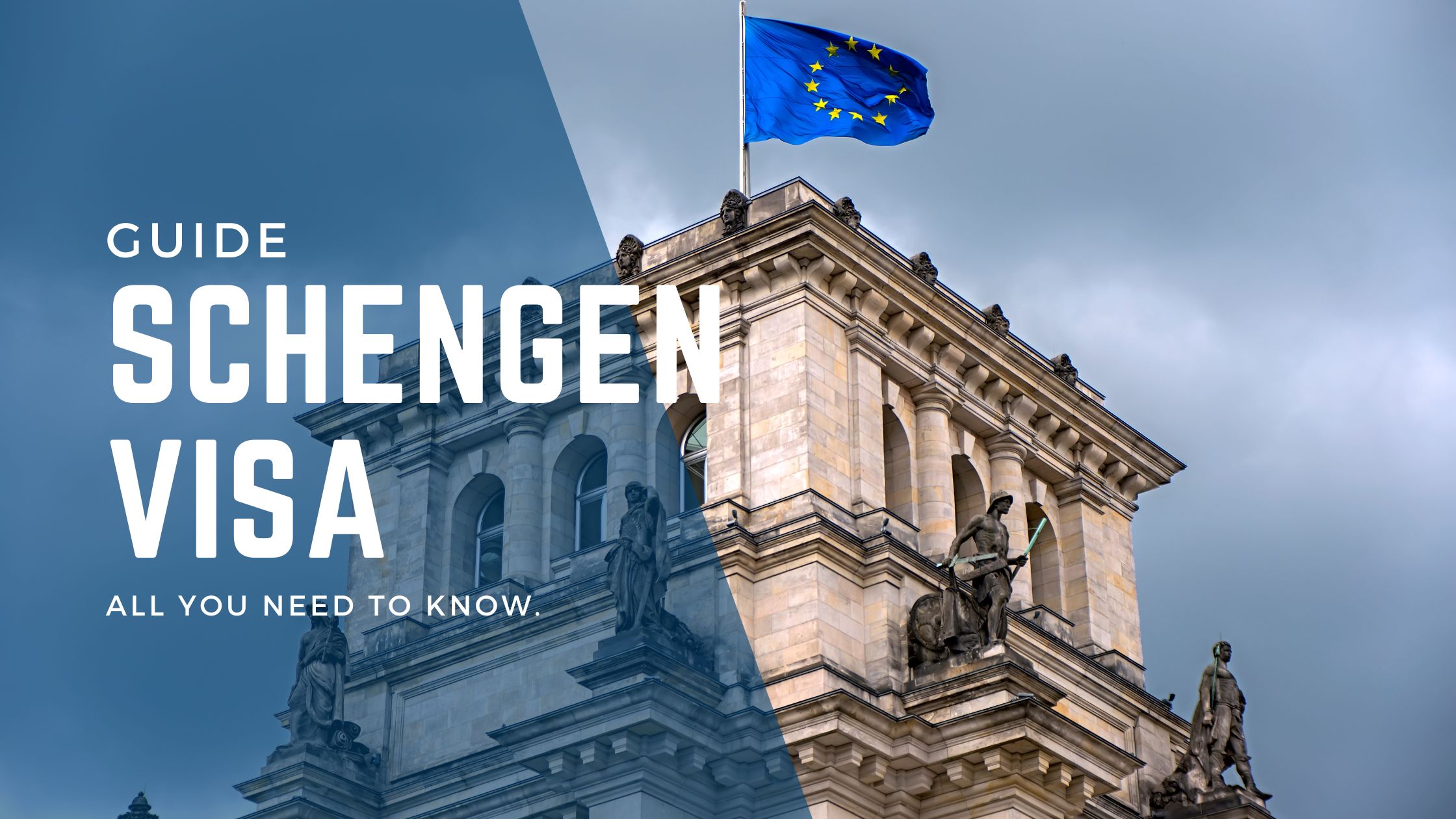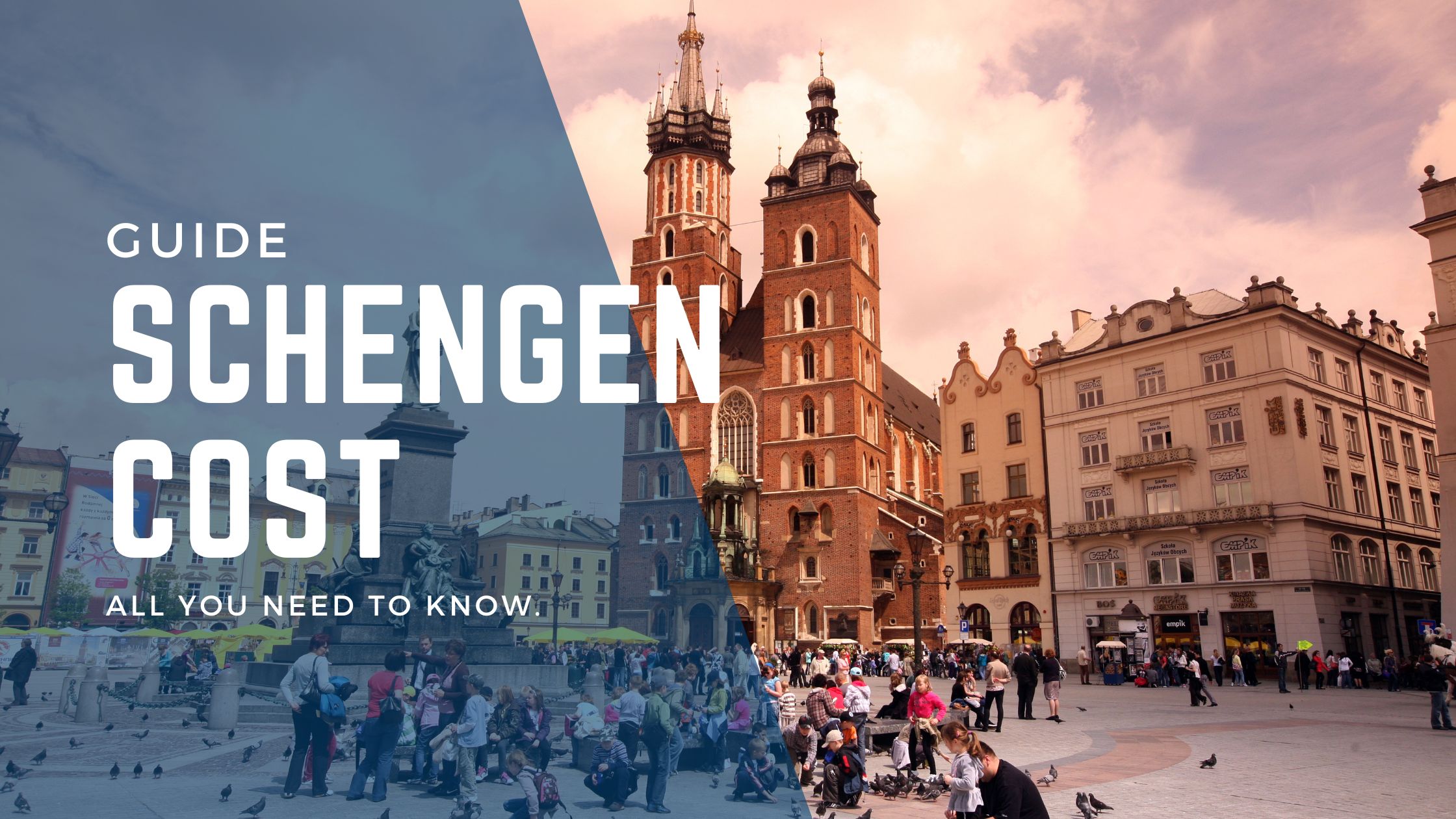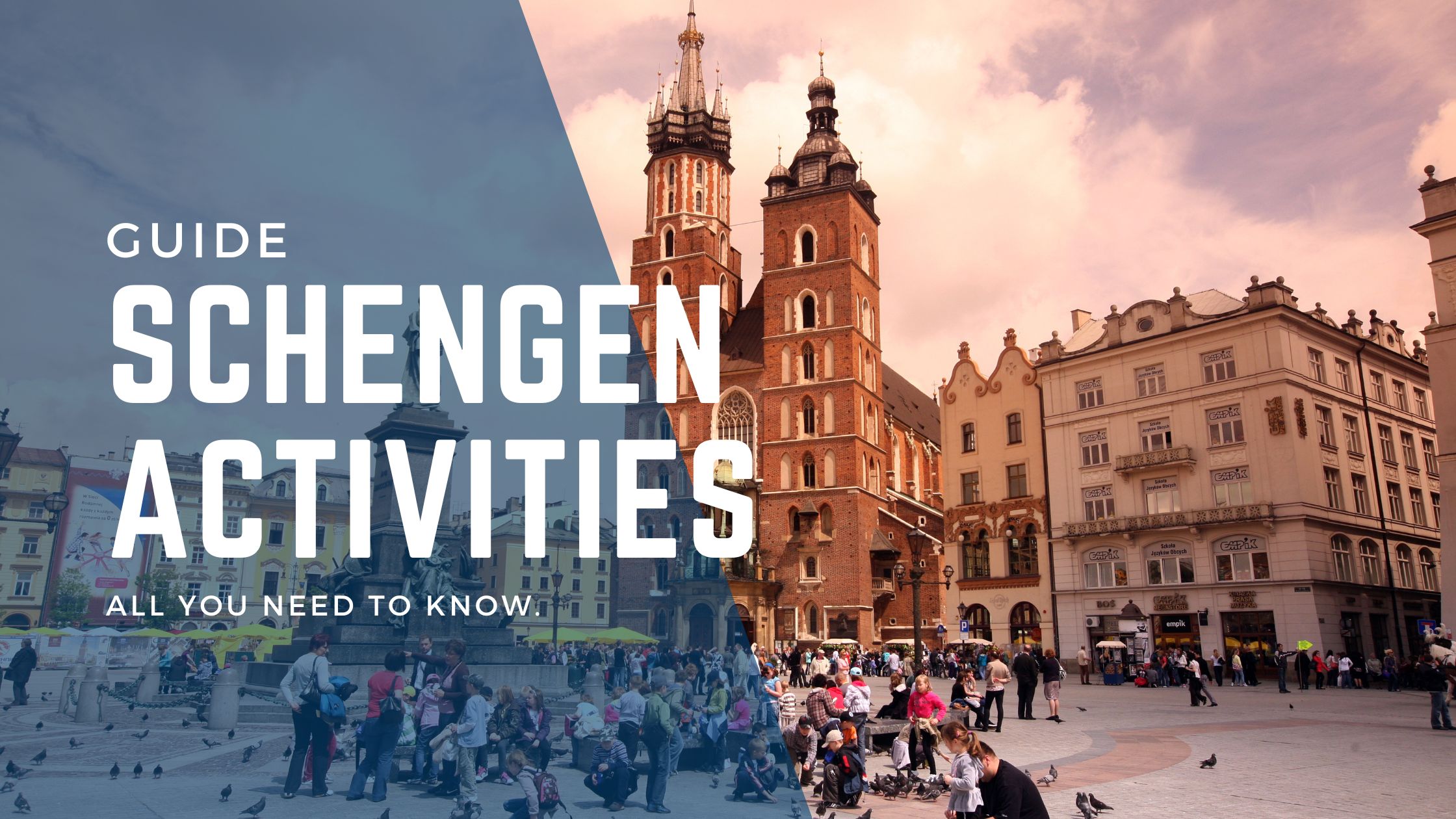The Ultimate Guide to the Schengen Visa: Everything You Need to Know
Welcome to the ultimate guide to the Schengen Visa, your comprehensive resource for everything you need to know about this important travel document. Whether you’re planning a leisurely European vacation or a business trip, understanding the intricacies of the Schengen Visa is crucial to a smooth and hassle-free journey.

In this guide, we’ll walk you through the basics of the Schengen Visa, including who needs it, how to apply, and what documents you’ll need to provide. We’ll also delve into the various types of Schengen Visas available and the specific requirements for each.
Additionally, we’ll address common concerns and questions related to the visa, such as the duration and validity period, as well as any restrictions or limitations you may encounter during your travels. We’ll also provide helpful tips and insights to maximize your chances of obtaining a Schengen Visa and navigating the application process with ease.
So, if you’re ready to embark on your European adventure with confidence, let’s dive in and unlock the secrets to the Schengen Visa!
What is the Schengen Visa?
The Schengen Visa is a travel document that allows visitors to travel freely within the Schengen Area, which consists of 26 European countries. It was established to promote the free movement of people and goods across borders within the participating nations.
The Schengen Visa eliminates the need for travelers to obtain separate visas for each country they plan to visit within the Schengen Area. Instead, one visa allows entry into any of the participating countries, making it an attractive option for tourists and business travelers alike.
To obtain a Schengen Visa, you must meet certain criteria and provide the necessary documentation to the embassy or consulate of the country you plan to visit as your main destination. The visa allows you to stay in the Schengen Area for a predetermined period, which varies depending on the type of visa you apply for.
Countries covered by the Schengen Visa
The Schengen Area consists of 26 European countries, including Austria, Belgium, Czech Republic, Denmark, Estonia, Finland, France, Germany, Greece, Hungary, Iceland, Italy, Latvia, Liechtenstein, Lithuania, Luxembourg, Malta, Netherlands, Norway, Poland, Portugal, Slovakia, Slovenia, Spain, Sweden, and Switzerland.
These countries have abolished internal border controls, allowing travelers with a valid Schengen Visa to move freely within the area without passport checks. It’s important to note that not all European Union (EU) member states are part of the Schengen Area, and some non-EU countries, such as Norway and Switzerland, are included.
Types of Schengen Visas
There are several types of Schengen Visas available, depending on the purpose and duration of your visit. The most common types include:
- Uniform Schengen Visa (USV): This visa allows you to visit any Schengen country for tourism, business, or family visits. It is valid for a maximum of 90 days within a 180-day period.
- Limited Territorial Validity Visa (LTV): This visa restricts your travel to specific Schengen countries only. It is granted in exceptional cases where you do not meet the criteria for a USV but still have a valid reason to travel.
- National Visa (NV): This visa is issued by a specific Schengen country for long-term stays, such as work, study, or family reunification. It allows you to stay in the issuing country for more than 90 days.
Each type of visa has its own set of requirements and limitations, so it’s important to determine which one suits your needs before applying.
Schengen Visa requirements
To apply for a Schengen Visa, you must meet certain requirements and provide the necessary documentation. While the specific requirements may vary slightly between countries, the general requirements include:
- Completed application form: You need to fill out the application form accurately and truthfully.
- Valid passport: Your passport must be valid for at least three months beyond the intended departure date from the Schengen Area.
- Proof of travel insurance: You must provide proof of travel medical insurance with a minimum coverage of €30,000, which is valid throughout the Schengen Area.
- Proof of accommodation: You need to provide evidence of your accommodation arrangements, such as hotel bookings or an invitation from a host.
- Proof of sufficient funds: You must demonstrate that you have enough financial means to cover your expenses during your stay in the Schengen Area.
- Travel itinerary: You should provide a detailed travel itinerary, including your planned dates of entry and exit from the Schengen Area.
- Supporting documents: Additional documents may be required depending on the purpose of your visit, such as employment letters, educational certificates, or proof of family ties.
It’s essential to check the specific requirements of the country you plan to visit, as they may have additional or different requirements.
Schengen Visa application process
The Schengen Visa application process typically involves several steps, including:
- Determine the embassy/consulate: Identify the embassy or consulate of the country you plan to visit as your main destination. This will be the embassy or consulate where you submit your visa application.
- Gather the required documents: Collect all the necessary documents as per the requirements of the country you’re applying to. Make sure to have all the documents in the correct format and order.
- Fill out the application form: Complete the Schengen Visa application form accurately and legibly. Double-check all the information before submitting.
- Schedule an appointment: Contact the embassy or consulate to schedule an appointment to submit your visa application. Some countries allow online appointments, while others require you to visit in person.
- Attend the appointment: Be prepared to provide biometric data, such as fingerprints, during your appointment. Submit all the required documents and pay the visa fee.
- Track your application: After submitting your application, you can track its progress online or by contacting the embassy or consulate. The processing time varies, but it typically takes around 15 days.
- Collect your visa: If your application is approved, you can collect your visa from the embassy or consulate. Make sure to check the validity dates and any specific conditions mentioned on the visa.
Remember, it’s crucial to apply for your Schengen Visa well in advance of your intended travel dates to allow for sufficient processing time.
Tips for a successful Schengen Visa application
While the Schengen Visa application process may seem daunting, there are several tips and strategies you can employ to increase your chances of success:
- Plan your trip in advance: Ensure you have a clear itinerary and purpose for your visit. This will help you determine the appropriate type of visa and gather the required documents.
- Submit a complete and organized application: Ensure all the required documents are included and organized in the correct order. Double-check for any missing information or signatures.
- Provide supporting documents: If you have any additional documents that can strengthen your application, such as flight reservations or letters of invitation, include them to demonstrate the purpose and legitimacy of your visit.
- Be honest and accurate: Fill out the application form truthfully and accurately. Any discrepancies or false information could lead to your application being rejected.
- Apply early: Submit your visa application well in advance of your intended travel dates to allow for any potential delays or additional document requests.
- Follow up and track your application: Keep track of your application’s progress and promptly respond to any requests for additional information or documents.
- Prepare for the interview: Some countries may require an interview as part of the application process. Familiarize yourself with common interview questions and practice your answers.
By following these tips and being well-prepared, you can maximize your chances of obtaining a Schengen Visa and ensure a smooth travel experience.
Schengen Visa processing time
The processing time for a Schengen Visa can vary depending on the country you’re applying to and the time of year. In general, it takes around 15 calendar days from the date of submission to receive a decision on your application.
However, during peak travel seasons or when the embassy or consulate experiences a high volume of applications, the processing time may be longer. It’s advisable to apply well in advance of your intended travel dates to allow for any potential delays.
Keep in mind that the processing time does not include the time it takes to schedule an appointment or collect your visa after approval. It’s essential to factor in these additional steps when planning your trip.
Schengen Visa fees and costs

The Schengen Visa comes with a non-refundable visa fee that must be paid when submitting your application. The visa fee varies depending on the age of the applicant and the type of visa.
As of 2021, the standard visa fee for adults is €80, while children between the ages of 6 and 12 pay €40. Children under the age of 6 are usually exempt from the visa fee. However, it’s important to note that additional service fees may apply, depending on the embassy or consulate.
In addition to the visa fee, you may also incur costs related to supporting documents, such as travel insurance, flight reservations, and accommodation bookings. It’s essential to budget for these expenses when planning your trip.
Schengen Visa validity and duration of stay
The validity and duration of stay for a Schengen Visa depend on the type of visa you apply for. Typically, the visa is valid for a maximum of 90 days within a 180-day period, allowing for multiple entries and exits within the Schengen Area.
It’s important to note that the duration of stay is not automatically granted for the full 90 days. The immigration officer at the port of entry determines the exact length of stay based on your travel itinerary and the purpose of your visit.
If you plan to stay in the Schengen Area for longer than 90 days or have a specific purpose, such as work or study, you may need to apply for a National Visa from the specific country you plan to visit.
Conclusion
Congratulations! You’ve reached the end of the ultimate guide to the Schengen Visa. We’ve covered everything you need to know, from the basics of the visa to the application process and requirements.
By understanding the intricacies of the Schengen Visa and following the tips and strategies outlined in this guide, you can navigate the application process with ease and embark on your European adventure with confidence.

Remember, each country may have slight variations in their specific requirements and processes, so it’s essential to consult the embassy or consulate of the country you plan to visit for the most up-to-date and accurate information.
Now that you’re armed with the knowledge and resources to obtain a Schengen Visa, it’s time to start planning your European journey. Bon voyage!

